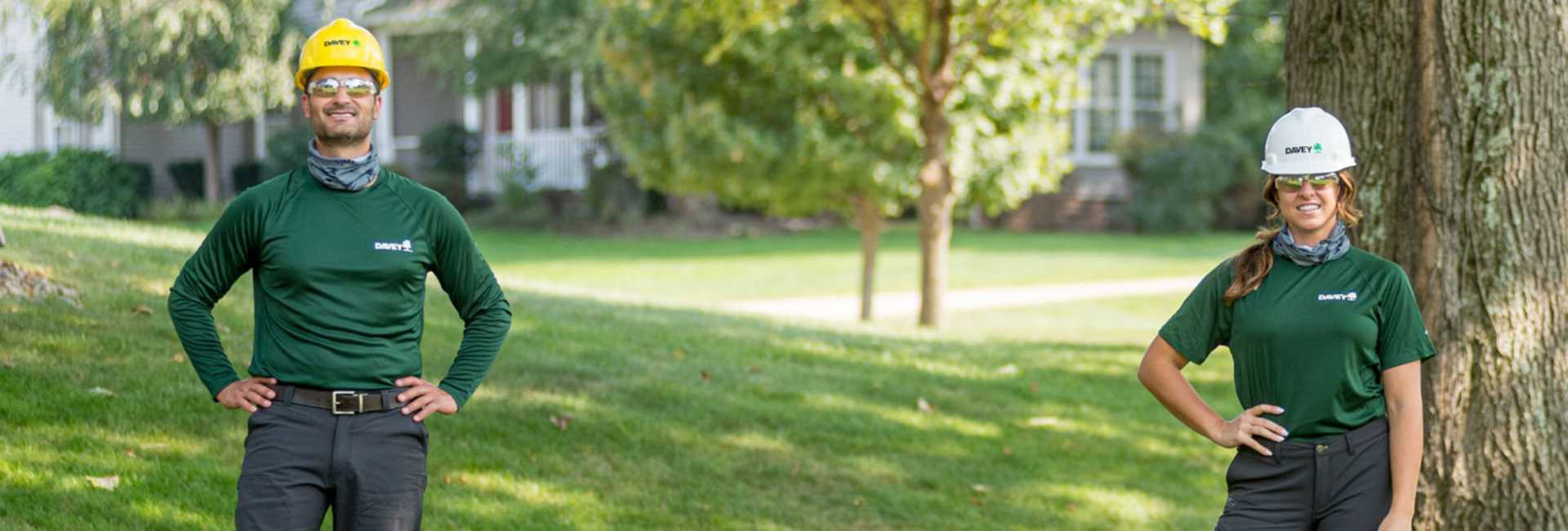Growing fruit trees in your yard comes with an awesome reward. Tasty treats like tart plums or sweet peaches are right at your fingertips!
But getting your hands on these goodies takes some work, particularly in springtime. Essentials like proper pruning and feeding fruit trees with the right fertilizer make all the difference in the taste and quality of the tree’s fruit.
Ready to kick off a fruitful growing season? Here's what you need to know about fruit tree care in spring.
Why pruning fruit trees in early spring is important
Fruit trees tend to grow more branches than they need. When the canopy is too full, inner branches and lower branches are blocked from sunlight, and overall the tree’s fruits are competing for space and nutrients. That can lead to much smaller, lower-quality fruit.
But, with an airy, well-lit canopy, fruit trees produce a superior crop. That’s why proper pruning is important. It opens up the canopy and shapes the tree for optimal growth. For best results, you should prune apple, pear, plum and cherry trees in early spring before they leaf out. In general, that means pruning sometime between late February and early April.
When to fertilize fruit trees
Just like pruning, you should fertilize fruit trees in early spring before they sprout. With that being said, keep reading! There’s a very important step to take before fertilizing.
What is the best fertilizer for fruit trees?
The best fertilizer for your fruit tree is one that considers the tree’s particular growing conditions. That’s why you should always get a soil test before choosing a fertilizer.
You’ve probably noticed that some fruit tree fertilizers are labeled with three numbers, like 10-10-10 or 5-10-10. That represents the ratio of nitrogen (N), phosphorus (P) and potassium (K) in the fertilizer—three key nutrients trees need to grow. Deciding which ratio to go with can be a bit of a guessing game but performing a soil test is a surefire way to figure out what to pick.
Soil tests pinpoint which nutrients are lacking (or plentiful) in the soil. For example, a test may prove your soil is low on potassium and needs a fertilizer that will make up for it. Or, a test could reveal that your soil has just the right level of nutrients and doesn’t even need fertilizer. Bottom line, if you want your tree to thrive, don’t skip out on a soil test!
In addition to fertilization and pruning, spring is a great time to check up on your fruit tree’s health.







